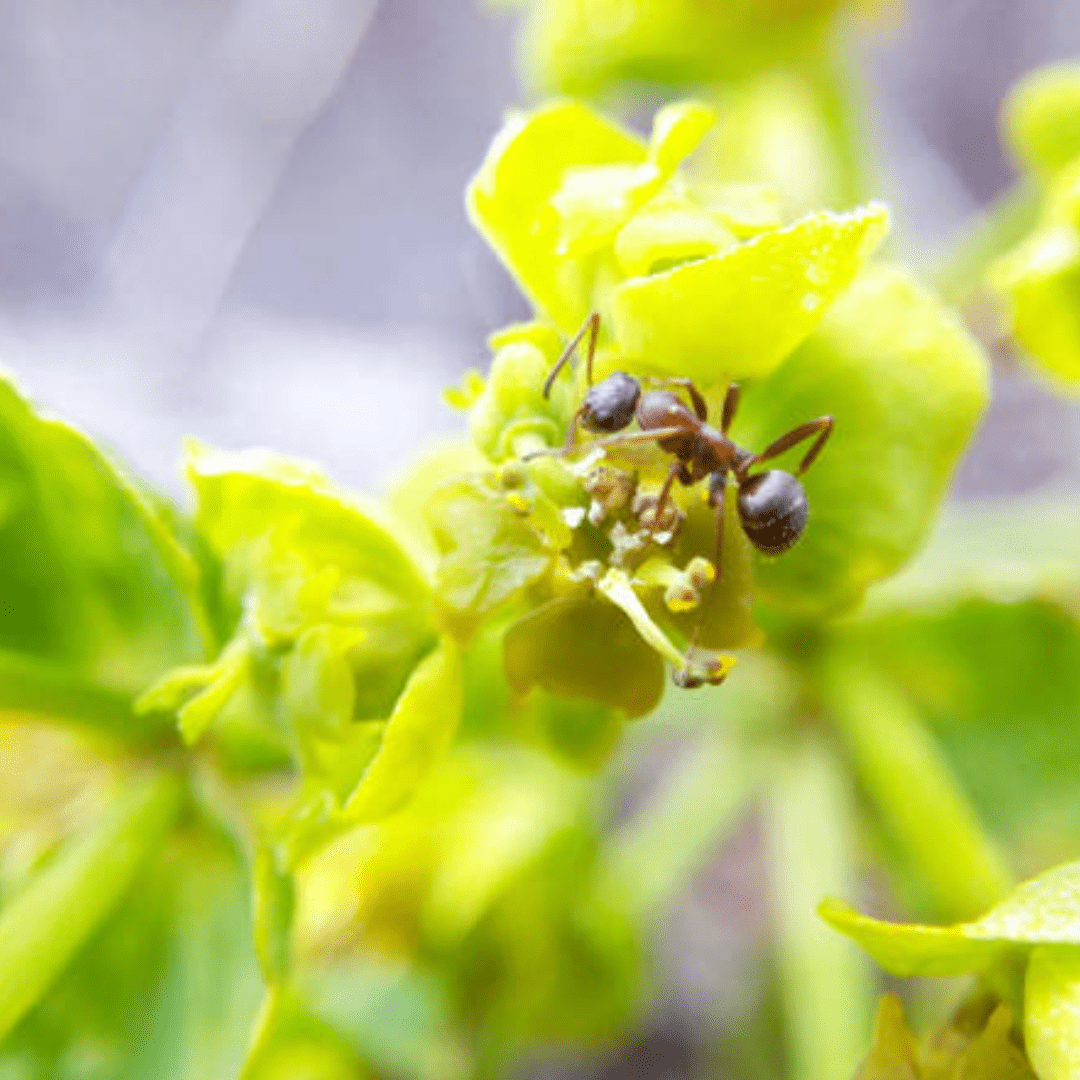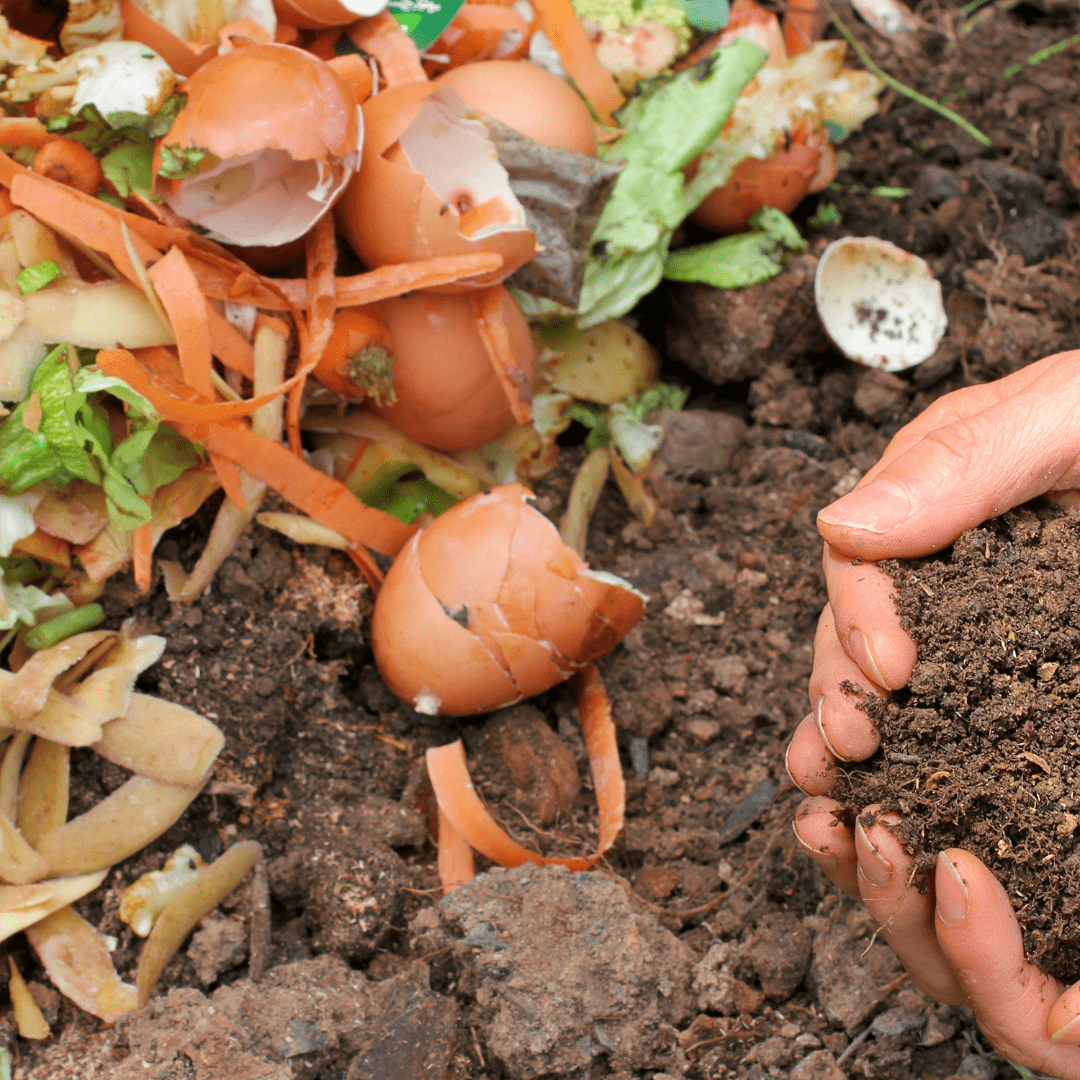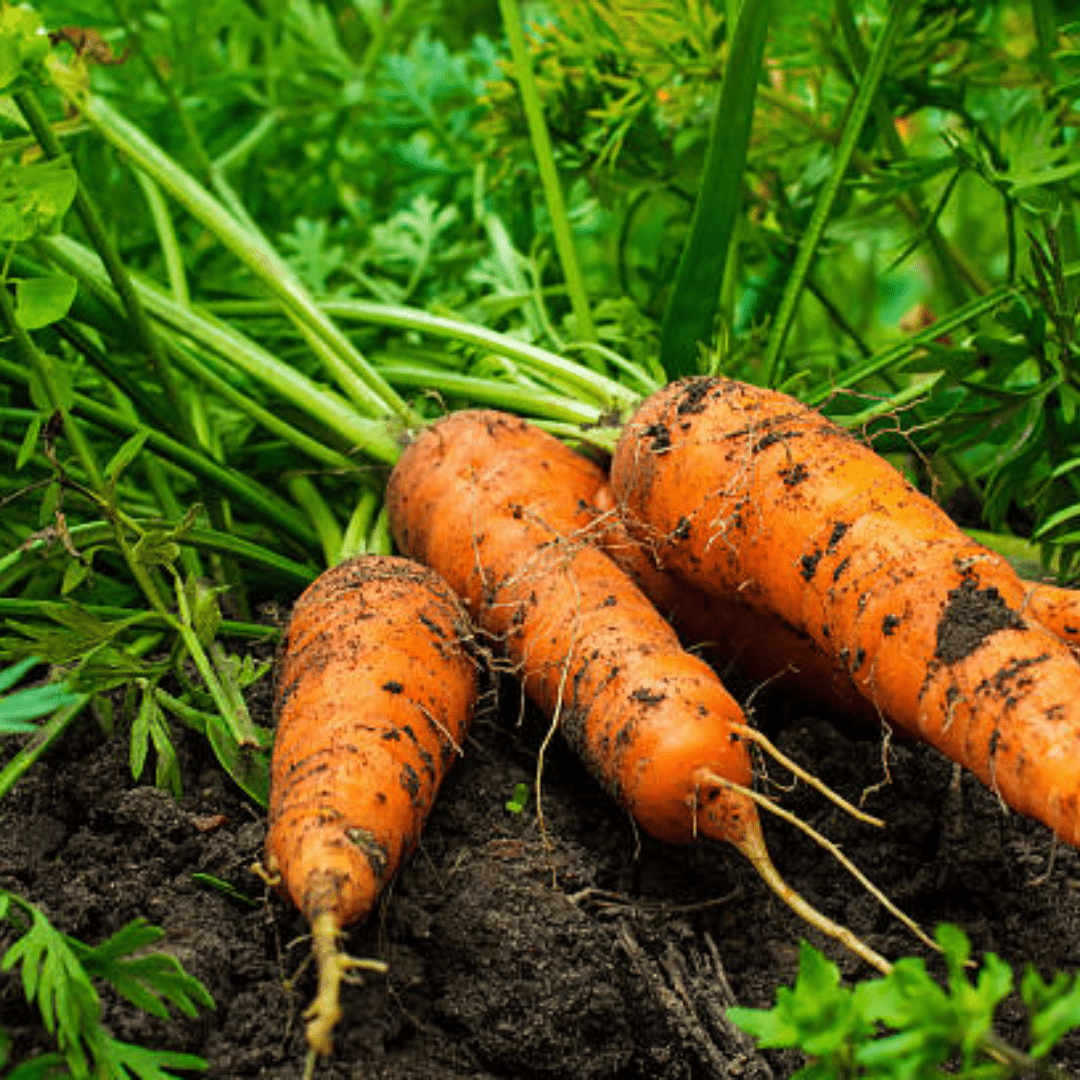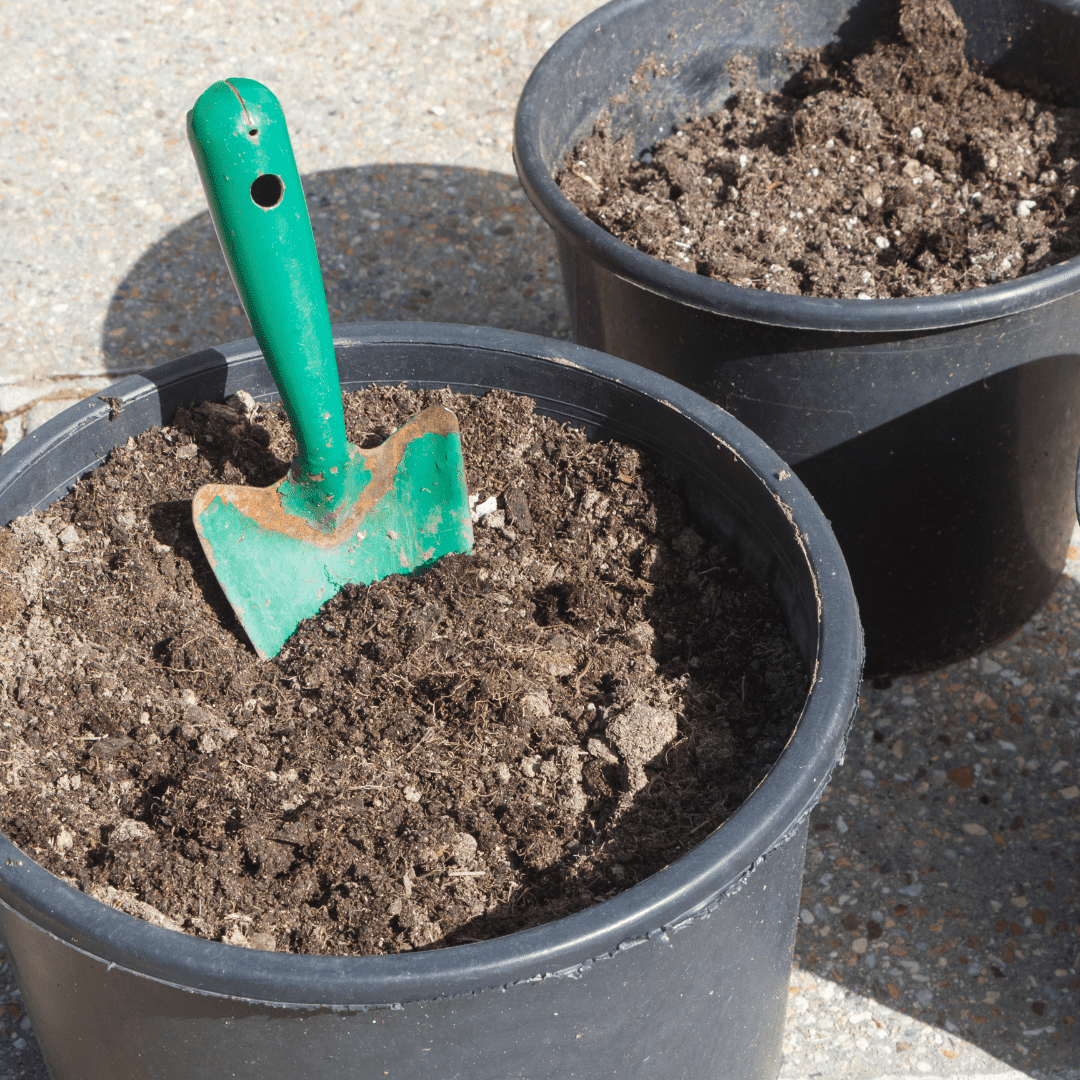Get rid of ants.
- Understanding the Ant Problem: Identifying the Types of Ants in Your Plants
- The Dangers of Ants in Your Plants: Why You Should Take Immediate Action
- Natural Remedies to Get Rid of Ants in Your Plants: Safe and Effective Solutions
- Chemical Solutions: When and How to Use Ant Insecticides
- Preventing Ant Infestations: Tips for Maintaining an Ant-Free Garden
- Dealing with Ants Indoors: Strategies for Keeping Your House Ant-Free
- Conclusion
- Frequently Asked Questions
- Summary
Welcome to my comprehensive guide on dealing with ant infestations in your plants. Ants can be a nuisance when they invade your garden, causing damage to your beloved plants and potentially transmitting diseases. In this article, I will help you understand the different types of ants that commonly infest plants and how to identify their presence. I will explore the dangers associated with ants in your plants, emphasizing the importance of taking immediate action. Whether you prefer natural remedies or chemical solutions, I have you covered with effective methods to get rid of ants safely. Additionally, I will provide valuable tips and strategies for preventing future ant infestations and managing indoor ant problems. Let’s dive in and reclaim your garden from these pesky pests!
This is a pinnable post. Tap or hover over any image in this post to pin to your Pinterest Boards.

Understanding the Ant Problem: Identifying the Types of Ants in Your Plants

Differentiating Ant Species: Recognizing Common Ants in Gardens
So, you’ve noticed some tiny intruders crawling around your beloved plants, and you suspect they are ants. But before you go into full panic mode, let’s take a moment to identify the particular species of ants you’re dealing with.
Common garden ants can be categorized into several types, including carpenter ants, fire ants, and odorous house ants. Carpenter ants are larger and usually have a reddish or black color. Fire ants are smaller, reddish-brown, and known for their painful stings. Odorous house ants, as the name suggests, emit a distinctive odor when crushed.
Signs of Ant Infestation: Identifying Ant Activity in Your Plants
Now that you can tell the difference between various ant species let’s delve into recognizing signs of ant infestation in your plants. Keep an eye out for trails of ants marching back and forth near your plants, especially if they are carrying bits of plant debris or food. Another indicator is the presence of ant hills or anthills near your garden, which serve as their homes.
Additionally, watch for discolored or wilting leaves, as certain ant species like aphids and mealybugs farm them for the honeydew they produce. If you observe small insects crawling on your plants, it’s likely that ants are involved in this nefarious partnership.
The Dangers of Ants in Your Plants: Why You Should Take Immediate Action
Damage to Plants: How Ants Impact the Health and Growth of Your Garden
You may be wondering why it’s essential to address ant infestations in your plants promptly. Well, ants can cause damage by excavating soil around the roots, leading to instability and eventual plant death. Moreover, some ant species protect and tend to pests like aphids, which can weaken plants by sucking their sap. However, the war between ants and aphids can leave a damaged garden battleground!
Plus, ants will march away with pieces of your plants as their spoils of war!

Transmitting Diseases: Understanding the Risks Associated with Ants in Plants
Aside from the physical damage, ants can also transmit diseases to your plants. They can carry fungal spores or bacteria on their bodies and transfer them from one plant to another, leading to the spread of infections. So, getting rid of ants isn’t just about preserving the aesthetics of your garden, but also safeguarding the health of your plants.
Natural Remedies to Get Rid of Ants in Your Plants: Safe and Effective Solutions

Creating Natural Barriers: Using Substances that Repel Ants
No need to reach for harsh chemicals right away! You can repel ants naturally by using substances they dislike. Sprinkling cinnamon, cayenne pepper, or coffee grounds around your plants can deter ants from approaching. These aromatic barriers not only keep ants away but may add a delightful scent to your garden.
Homemade Ant Baits: Effective DIY Traps to Eliminate Ant Infestations
If you want to take a more proactive approach, you can create homemade ant baits. Mix equal parts of borax powder and sugar, then place small quantities near ant trails or entry points. The ants will be attracted to the sweet bait, but won’t be able to resist the toxic effect of borax, ultimately eliminating their colony.
Beneficial Insects: Introducing Natural Predators of Ants in Your Garden
Nature has its way of restoring balance, and introducing beneficial insects can help control ant populations. Ladybugs, lacewings, and parasitic wasps are natural predators that feast on ants and their eggs. So, by inviting these tiny allies into your garden, you can watch as they feast on the uninvited ant visitors.
I wrote a separate post on how to release ladybugs in your garden as a natural pest control method so you can call in the Ladybugs Enforcement Team!
How to Release Ladybugs In Your Garden for Organic Pest Control
Chemical Solutions: When and How to Use Ant Insecticides
Understanding Insecticides: Different Types and Their Targeted Use
If your ant problem persists despite your best efforts with natural remedies, you may consider using ant insecticides as a last resort. There are different types of insecticides available, such as sprays, granules, and baits. Each serves a specific purpose, so make sure to choose the right one and follow the instructions to target the ants effectively.
Safely Applying Insecticides: Precautions and Guidelines for Effective Results
When using insecticides, it’s essential to prioritize safety. Read the instructions carefully, wear protective clothing, and apply the insecticide in well-ventilated areas. Avoid spraying on windy days to prevent the chemicals from drifting onto desirable plants or other areas of your garden. Remember, the goal is to eliminate ants, not your favorite peonies.
Preventing Ant Infestations: Tips for Maintaining an Ant-Free Garden

Proper Plant Care: Creating Unfavorable Conditions for Ants
Taking care of your plants not only ensures their health, but also makes your garden less inviting to ants. Start by pruning any branches or leaves that touch the ground, as these can serve as bridges for ants to access your plants. Additionally, regularly trim back any vegetation that may create shady and damp areas, as these are ideal ant habitats.
Removing Food Sources: Preventing Attraction for Ants in Your Garden
Ants are always on the hunt for food, so deny them the pleasure by eliminating potential food sources. Clean up fallen fruits, nuts, and seeds promptly, as these can entice ants to make themselves at home in your garden. Similarly, be diligent about removing any dead insects or other organic debris that might be lying around.
Regular Inspections: Identifying and Addressing Ant Infestation Early
It’s essential to keep an eye on your garden and catch ant infestations early on. Regularly inspect your plants for signs of ants, such as visible ant trails or mounds near the roots. If you notice any suspicious ant activity, take swift action to prevent the problem from escalating. You can use natural remedies or ant baits to address the issue before it becomes a full-blown invasion.
Dealing with Ants Indoors: Strategies for Keeping Your House Ant-Free
Sealing Entry Points: Preventing Ants from Entering Your Home
An ant-free home starts with sealing off potential entry points. Inspect your house for gaps and cracks in windows, doors, and foundations, and seal them to keep ants from sneaking inside. Don’t forget to check for any openings around utility lines or pipes, as ants can use these as highways into your home. Prevention is key!
Non-Toxic Indoor Ant Control Methods: Solutions for Eliminating Indoor Ants
When dealing with ants indoors, you don’t need to resort to harsh chemicals. There are plenty of natural methods that can do the trick. For example, try using a mixture of vinegar and water to wipe down countertops and other surfaces ants may be attracted to. Another option is placing cinnamon sticks or citrus peels near ant entry points, as ants dislike the smell of these substances.
Professional Pest Control: When to Seek Expert Assistance
If all else fails and your ant problem persists, it may be time to call in the professionals. Pest control experts have the knowledge and tools to effectively eliminate ant infestations in your home. They can assess the severity of the problem, determine the best course of action, and provide long-term solutions to ensure your house stays ant-free.
Conclusion
Remember, with a little prevention and some clever strategies, you can kick those pesky ants out of your garden and home for good. Stay one step ahead, and get rid of ants now!
By implementing the techniques and strategies outlined in this article, you can effectively eliminate ants from your plants and maintain an ant-free environment. Remember to stay vigilant and regularly inspect your garden for any signs of ant activity. Whether you opt for natural remedies or choose to use insecticides, always prioritize the safety of your plants, yourself, and the environment. With proper prevention measures and timely action, you can enjoy a thriving garden free from the nuisance of ants. Say goodbye to ants in your plants and hello to a healthy, pest-free garden!

Frequently Asked Questions
1. How do I identify the type of ants infesting my plants?
Look for specific physical characteristics such as color, size, and shape of the ants. You can also observe their behavior and habitat preferences. If you are unsure, consult a local pest control expert or use online resources to aid in identification.
2. Are natural remedies effective in getting rid of ants in plants?
Yes, natural remedies can be highly effective in repelling and eliminating ants from plants. Methods like creating natural barriers, using homemade ant baits, and introducing beneficial insects can help control ant populations without resorting to chemicals.
3. Should I use chemical insecticides to get rid of ants in my plants?
Chemical insecticides can be used as a last resort if natural remedies fail or if the infestation is severe. However, exercise caution and follow the instructions on the insecticide label. Consider the potential impact on the environment, beneficial insects, and the health of your plants before using chemical solutions.
4. How can I prevent future ant infestations in my garden?
To prevent future ant infestations, practice proper garden maintenance, eliminate sources of food attraction, regularly inspect your plants, and seal any potential entry points. These preventive measures will help create an environment that is less appealing to ants and reduce the likelihood of future infestations.
Summary
I hope I have inspired you to get rid of ants with these tips and products.
If you were encouraged by this post, I invite you to check out my FREE Printables Page for fun free printables, planners, and charts.
ENTER MY FREE Printables Page HERE
Here are some more of my gardening inspiration posts to check out!
How to Grow a Prepper Garden to Survive and Thrive
The Best Garden Tools You Need for a Productive Season
Fastest Growing Vegetables for Your Survival Garden
How to Grow Marigolds As Pest Control In Your Vegetable Garden
Must-Have Tools for a Successful Balcony Vegetable Garden
How to Effectively Combat Powdery Mildew in Your Garden
The Best Tips for Organic Gardening
How to Release Ladybugs In Your Garden for Organic Pest Control
The Best Garden Snail Control Strategies
The Best Spring Vegetables to Grow in Your Garden
Seed Starter Mix: How To Make Your Organic Seed Starter Mix At Home
How to Grow a Productive Canning Garden
How to Plant and Grow a Salsa Garden
Easiest Heirloom Vegetable Seeds to Grow Now
How to Use the Hand Twist Claw Tiller: Tackling Tough Soil
Planning Your Garden: How to Plan a Vegetable Garden: Expert Green Thumb Tips!
Winterizing the Garden: How to Winterize Your Vegetable Garden: Step-by-Step Checklist
Mulching the Garden: How to Make Leaf Litter Mulch
Grow a Pumpkin Patch: How to Grow a Pumpkin Patch in Your Backyard
How to Grow a Fall Garden: 9 Best Fall Crops
Clever Ways to Incorporate Indoor Composting into Your Home
How to Start Composting for the Garden: A Step-by-Step Guide
The Ultimate Guide to Composting in Your Suburban Backyard
Why I Built A Survival Garden in My Backyard
16 Best Medicinal Herbs to Grow in Your Garden Now
Blessings,
The Off Grid Barefoot Girl





